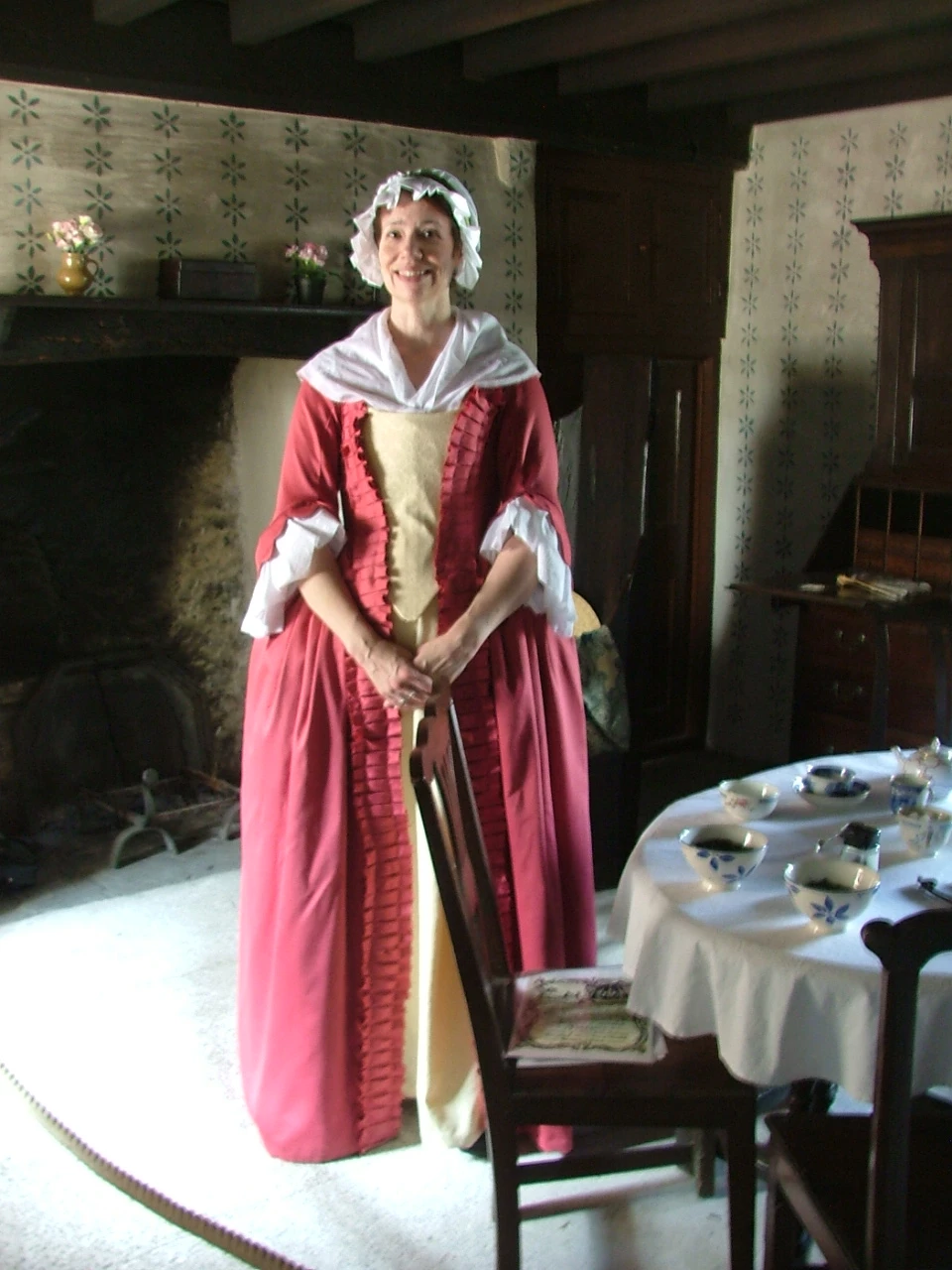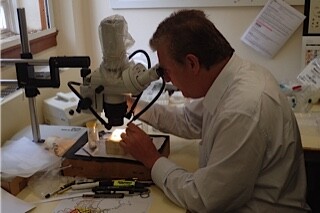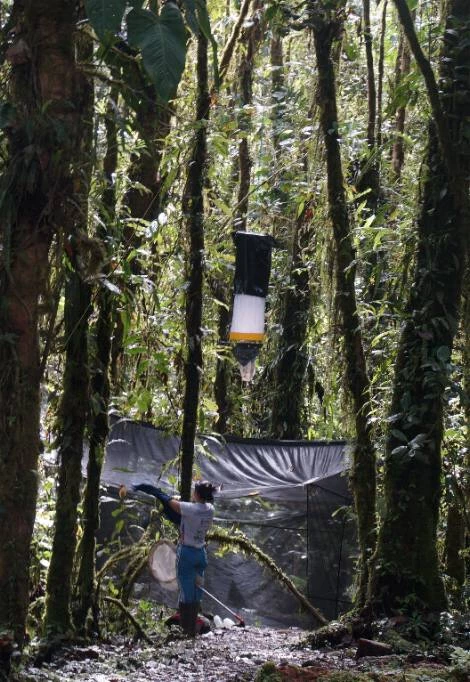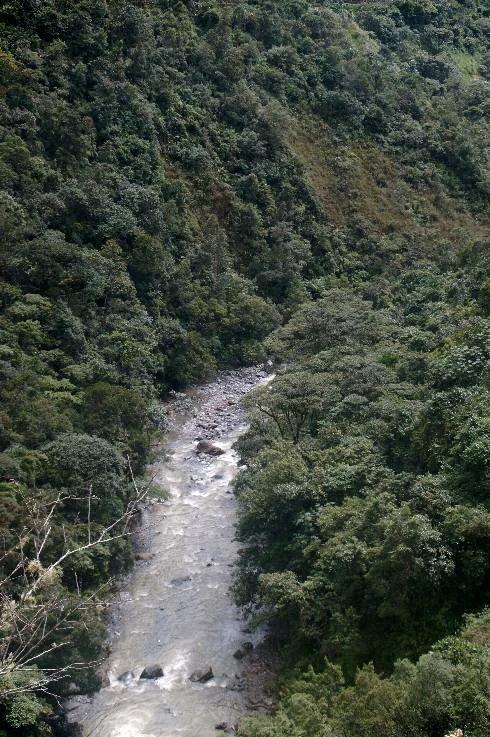Trwy'r Twll Clo yn Kennixton
, 22 Mai 2015
Mae'r blog yma'n dilyn blog Marsli Owen.
Pan benderfynom ni wneud digwyddiad o’r enw ‘Trwy’r Twll Clo’ meddyliais am y gwahanol bethau y buaswn yn gallu dangos i bobl yn adeiladau hanesyddol Sain Ffagan. Roeddwn i eisiau rhywbeth oedd yn cysylltu’r gorffennol a’r presennol, felly dewisais hanes yfed te a lleoli fy hun yn y parlwr yn ffermdy Kennixton.
Mae’r parlwr yn Kennixton wedi ei addurno yn steil y 1750au - efallai eich bod yn ei adnabod fel tŷ Capten Blamey oddi ar y gyfres deledu ddiweddar Poldark. Penderfynais fod mewn gwisg ar gyfer y digwyddiad er mwyn ceisio dod a’r tŷ yn fyw, a gosod y bwrdd ar gyfer te fel y buasent nhw wedi gwneud yn y 18fed ganrif.
Mae gan de hanes gyffroes iawn yn ysbrydoli ffasiynau, ffortiynau, chwyldroadau a throseddau. Daeth i Brydain yn 1657 gyda Catrin o Fracança, gwraig Siarl yr 2il o Bortiwgal. Daeth yn ddiod ffasiynol iawn yn sydyn, ychydig fel y ‘Kate-effect’ heddiw,
Fel llawer o bethau poblogaidd, rhoddwyd treth uchel arno gan y llywodraeth. Roedd rhai delwyr diegwyddor yn ceisio gwneud i’r te fynd ychydig pellach gan ei amhuro gyda dail y ddraenen wen neu hyd yn oed baw defaid! Er mwyn goresgyn y dreth uchel ar de, buasai llawer o bobl yng Nghymru wedi prynu eu te gan smyglwyr. Mae’n bosib y buasai preswylwyr Kennixton wedi cael gafael ar de yn yr un ffordd. Roedd yn wreiddiol wedi ei adeiladu ar arfordir Gŵyr a buasai te wedi ei smyglo wedi bod ar gael yn hawdd.
NId y Cymry’n unig oedd yn gwrthwynebu talu treth mor uchel ar de; doedd yr Americanwyr ddim yn gweld pam y dylen nhw chwaith. Er mwyn dangos eu teimladau, taflon nhw de Prydeinig i mewn i'r harbwr yn Boston - y Boston Tea Party - gicdaniodd Rhyfel Annibyniaeth America yn 1775.
Carais wneud y digwyddiad yma, a chynhyrchiodd rai sgyrsiau diddorol iawn gydag ymwelwyr. Roedd yn dŷ yn teimlo llawer mwy fel cartref wrth wneud ychydig o weithgareddau dydd i ddydd. Ond mae’n rhaid i mi gyfaddef, mi oeddwn i’n falch iawn o ddod allan o’r ffrog ar ddiwedd y dydd - roedd y sgert fawr a llewys tynn yn gyfyngedig iawn. Gorffennais y dydd yn gwisgo jeans cyfforddus a’n mwynhau paned o de yn dorch ar y sofa!
Bydd blog arall wythnos nesaf gan Heulwen, a fydd yn trafod y Prefab.









